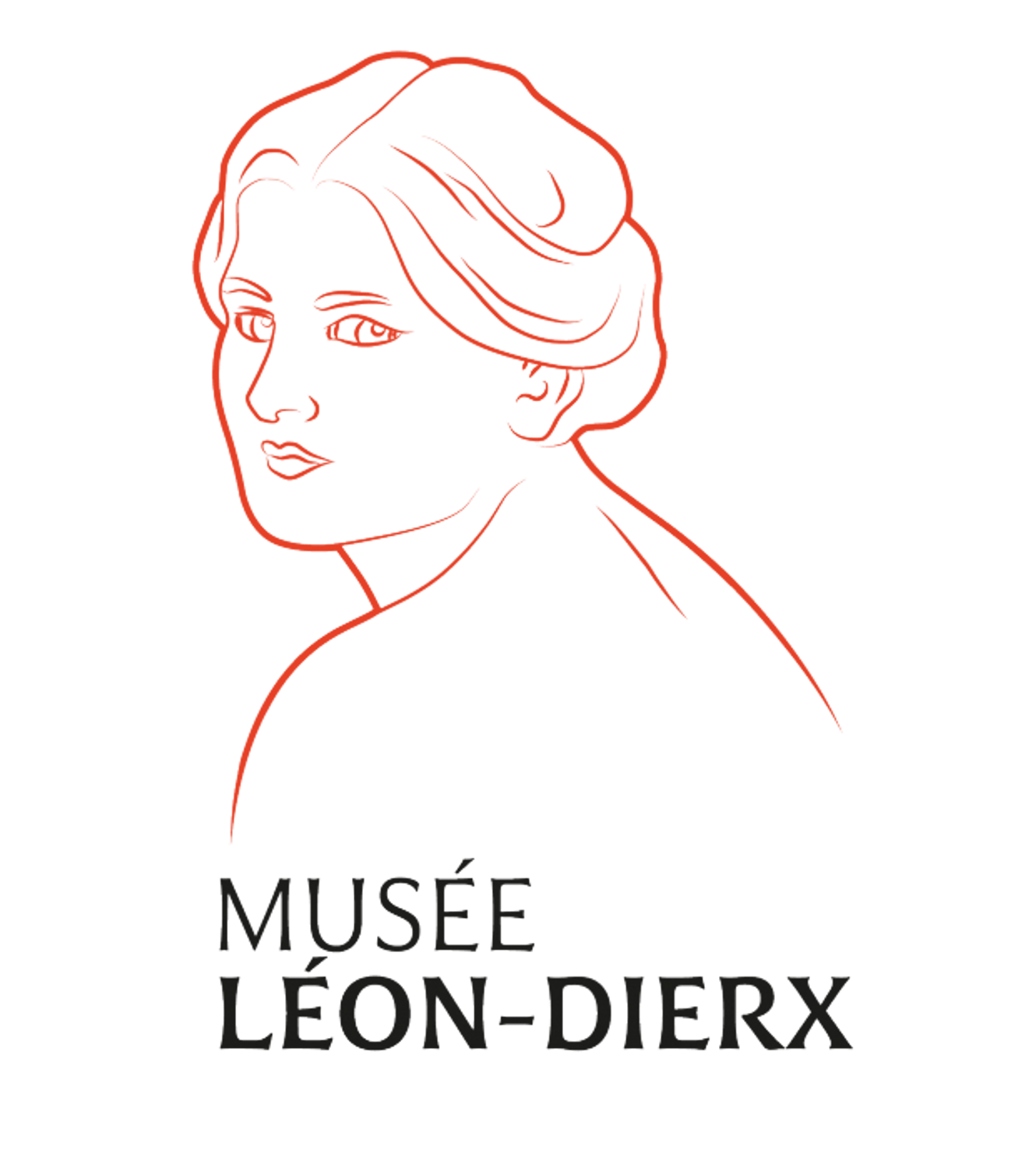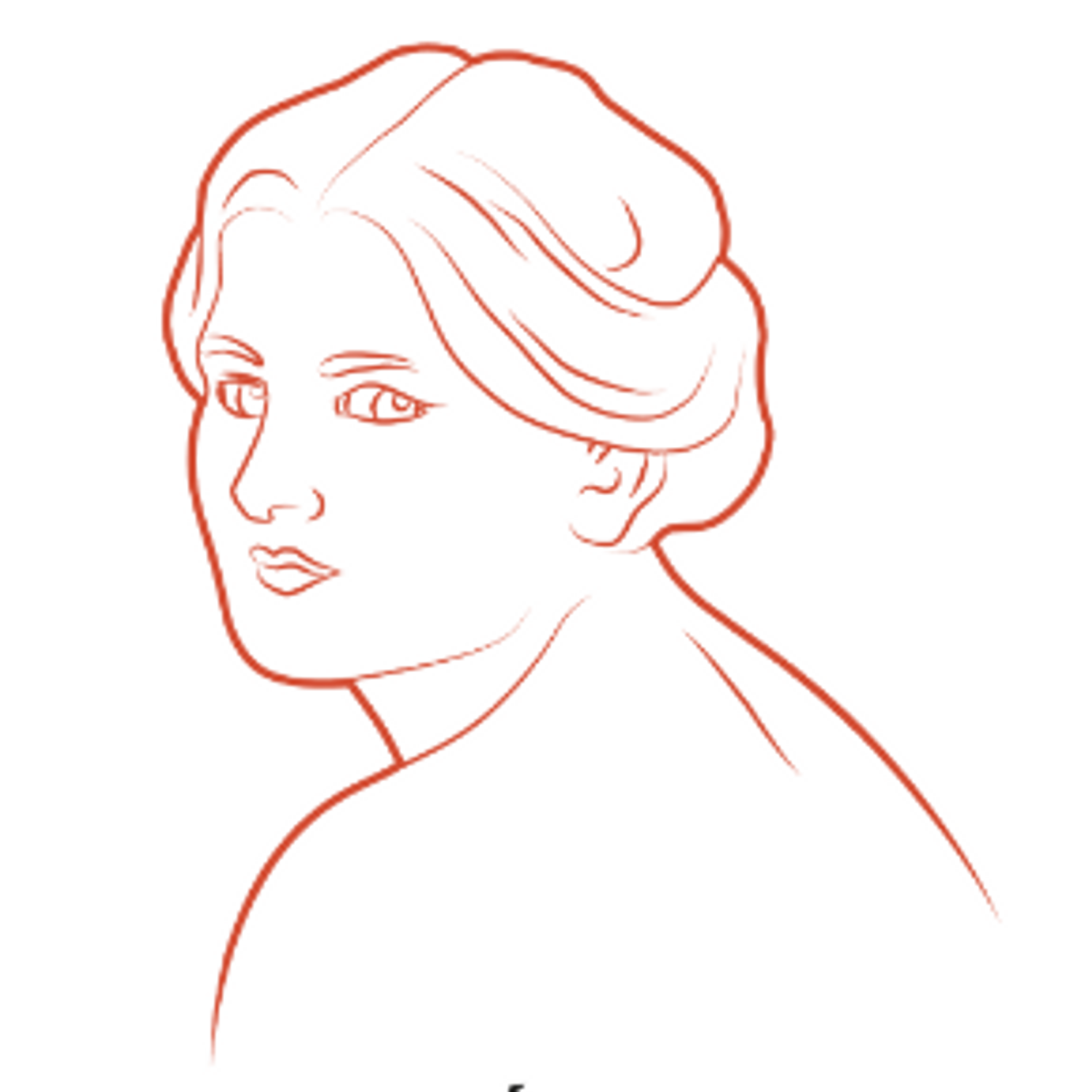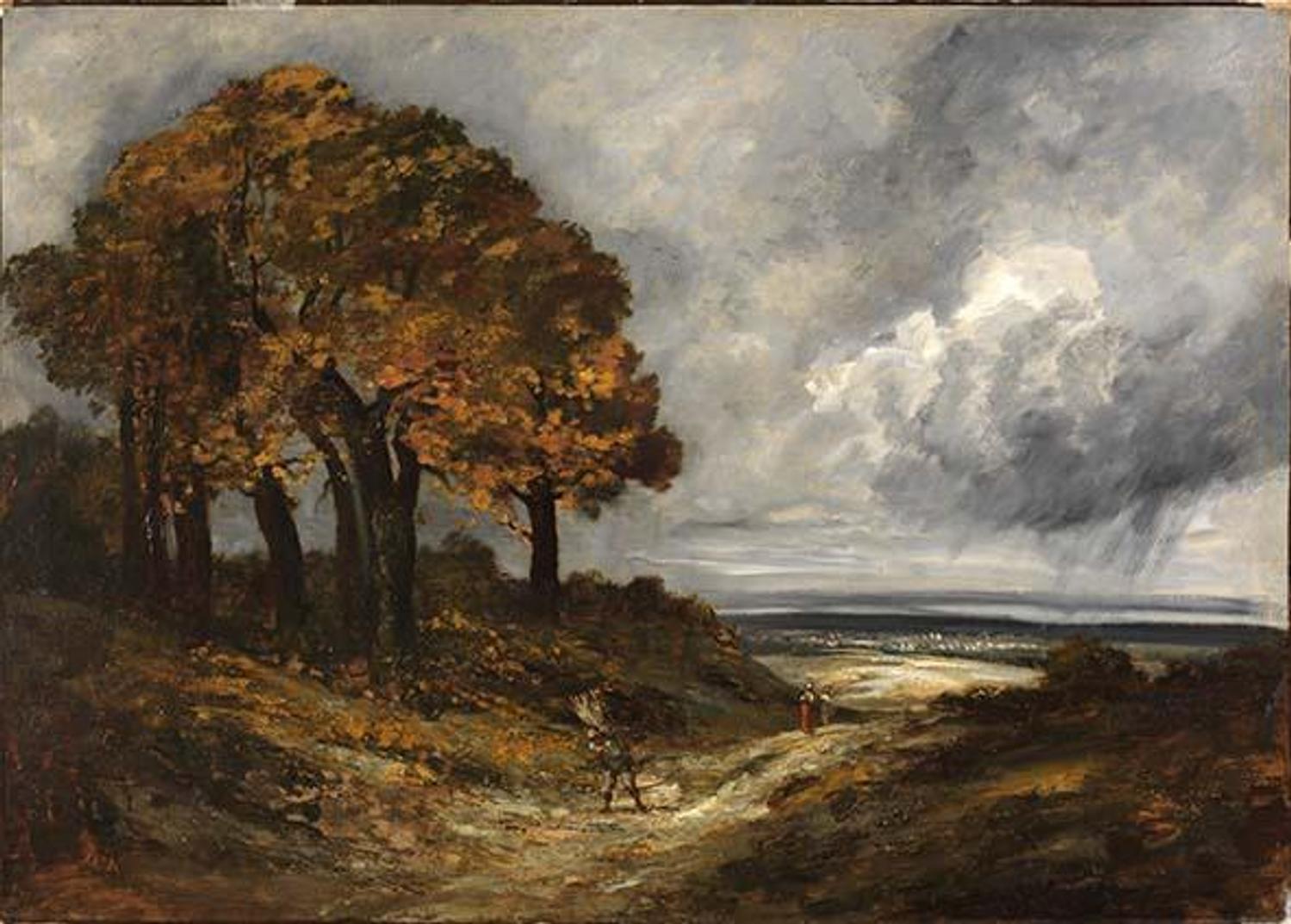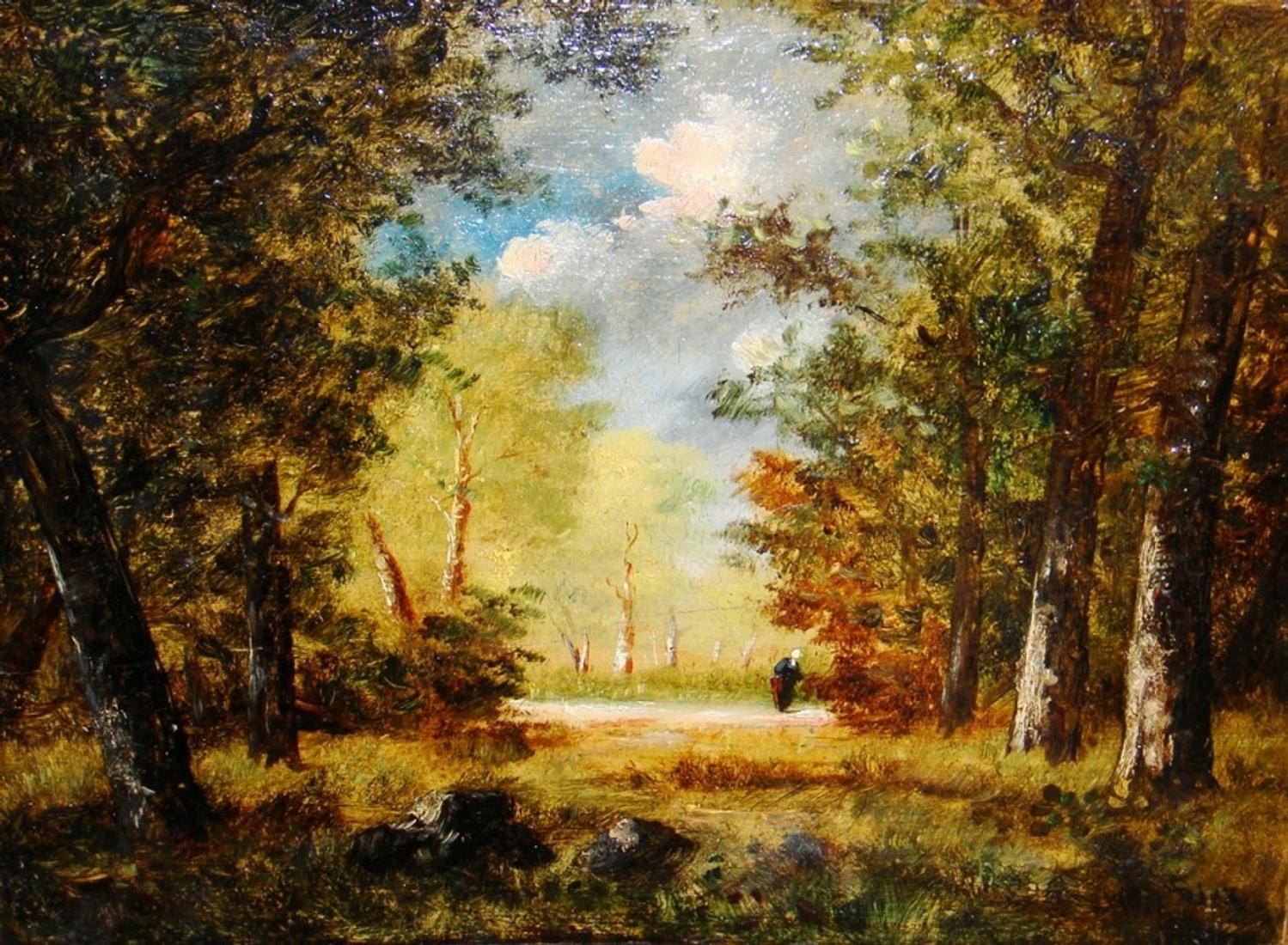THE LANDSCAPE IN FRANCE DURING THE FIRST HALF OF THE 19th CENTURY
Georges Michel, La Plaine Saint-Denis, vers 1840
Narcisse Diaz de La Pena, Clairière dans la forêt de Fontainebleau, vers 1850
Open-air painting
«Plein air» painting – painting on location, in the open air – finally determined the evolution of landscape painting in France during the 19th century. Studies based on the natural environment had been practised for a long time, often in the form of sketches, but landscapes continued to be painted in the studio, with absence of natural light. As from 1825-1830, the French landscape painters of the Barbizon school were the first to venture out of their workshops and go and paint in the open air in the forest of Fontainebleau.
In fine weather, they would set up their easel in a clearing, close to a pond, at the bend of a footpath or close to some rocks, in an attempt to seize the least changes in the atmosphere and light. They had the benefit of apparently insignificant technical progress, which was the conditioning of paint in tubes made of lead, but which facilitated the transport of the artist’s painting material.
Paintings representing pure landscapes were now produced, the subject being limited to nature itself, represented in its true image, without the pretext of anecdotal or historical subjects. Depending on the season, the weather and the time of day, the same viewpoint could be presented on several paintings.
La clairière (The clearing) by Narcisse Diaz de La Pena, one of the members of the Barbizon group, is an example of this new artistic technique.
Open-air painting
«Plein air» painting – painting on location, in the open air – finally determined the evolution of landscape painting in France during the 19th century. Studies based on the natural environment had been practised for a long time, often in the form of sketches, but landscapes continued to be painted in the studio, with absence of natural light. As from 1825-1830, the French landscape painters of the Barbizon school were the first to venture out of their workshops and go and paint in the open air in the forest of Fontainebleau.
In fine weather, they would set up their easel in a clearing, close to a pond, at the bend of a footpath or close to some rocks, in an attempt to seize the least changes in the atmosphere and light. They had the benefit of apparently insignificant technical progress, which was the conditioning of paint in tubes made of lead, but which facilitated the transport of the artist’s painting material.
Paintings representing pure landscapes were now produced, the subject being limited to nature itself, represented in its true image, without the pretext of anecdotal or historical subjects. Depending on the season, the weather and the time of day, the same viewpoint could be presented on several paintings.
La clairière (The clearing) by Narcisse Diaz de La Pena, one of the members of the Barbizon group, is an example of this new artistic technique.







